
Photo: pixabay.com

Photo: pixabay.com
This page is more than four years old and was last updated in June 2024.
A brief discussion recently took place in a paranormal group I'm a member of on Facebook about the validity of what was alleged to be a photo of a ghost.
One of the members of the group took it upon themselves to definitively conclude that the photo was a fake because light could be seen reflecting off of the ghost, but is this a robust way to debunk a photo and do ghosts reflect light?
The photo in question is said to have been taken by a a grieving mother and shows the ghost of her two-year-old daughter playing near her own grave. The figure of a young girl can clearly be seen stood next to the grave, but some have questioned whether the photo shows a ghost or a real living person based on the fact that light reflects off of the figure's legs.
I'm not saying for a second that I think the photo shows a real ghost, but can you debunk an alleged photo of a ghost based on the fact that the ghost seems to be reflecting light?
The statement that ghosts can't reflect light is actually an illogical and ill thought out argument. There's no reason to jump to the assumption that ghosts don't reflect light. In fact all available evidence suggests that they do reflect light.
In the photo the girl's legs are illuminated by some small garden lights placed around the grave. The lights effect is most noticeable on the girl's legs because they are closer to the lights.
There's not really anyway to dispute that ghosts reflect light. If they didn't, we wouldn't be able to see them.
Think about it this way. If you were stood in a pitch black dungeon in a haunted castle and it was so dark that you couldn't see your hand in front of your face, would you be able to see a ghost if it appeared in front of you? You've probably also come to the conclusion that the answer is no.
If a ghost was able to produce its own source of light, then seeing them in pitch darkness would be possible, but if this were the case it should be noticeable on photographs and videos of apparitions. Most photos of ghosts show apparitions which match the lighting conditions in the location they are captured in.
In fact one of the most commonly reported type of ghost is a dark shadowy figure. It's obvious that this type of apparition isn't producing its own light source because it is black. Black is the absence of light. Obviously in order to appear black it needs to be blocking light rather than emitting it and if it can block light, it can reflect it too.
Of course, the reason why you can't see a ghost (or anything else) in a pitch black room is because your eyes need light. In order to see a ghost, a source of light needs to hit it, the light is then reflected off and into our eye allowing us to see it. If ghosts didn't reflect light they would appear invisible to us.
To take this a step further, it's not just eyes that use light to see. Cameras do too. This is of course very obvious if you've ever seen the amount of lights suspended from the ceiling of a television studio.
So in order for a ghost to be captured on camera, light must be reflecting off of it and into the camera's lens. There is no other mechanism that would allow for the image to be captured any other way.
However, cameras don't just rely on visible light, they also use infrared to see in the dark. A night vision camera has its own infrared illuminator mounted on top. So if you were in a pitch black dungeon with an IR camera, the room would actually be flooded with light, it would just be light that your eyes can't see.
That invisible infrared light would hit surfaces in the room and reflect back into the camera's lens allowing it to see in the dark. If there was a ghost stood in front of the camera, it too must reflect the light to appear visible to the camera.
How do we know that ghosts aren't producing their own source of light? Well, again logic tell us this isn't possible, but we need to delve into how light works to explain it.
White light is made up of red, green and blue wavelengths. When light hits a surface some of its energy is absorbed and some reflects off.
For example, if sunlight hits grass the blue and red wavelengths of light are absorbed and the green light bounces off, which is why grass appears to be green to the human eye.
This would mean that if a ghost generated its own source of light, it would have to have the ability to produce the whole spectrum of colours. If you think of the ghost of a lady in a flowing red dress. Her dress would have to emit red light, while her blond hair would have to emit a mixture of red and green light, and her blue eyes would have to emit blue light.
Logic tells us that this is unlikely. Even if a ghost could emit skin coloured light, how would the ghost of a red dress generate a light source?
The other thing to remember is that generating light requires energy. How long would your torch's batteries last if you left it switched on?
Einstein told us that "energy cannot be created or destroyed, it can only be changed from one form to another," a quote that is often banded around by paranormal investigators. It tells us that light can't just appear, it needs a source energy that is converted into light.
Ghost hunters have an answer for this. It's often said that ghosts require energy to manifest, that they can only perform small tasks like knocking and tapping to show that they are present, so logic dictates that they wouldn't have the necessary energy to become a human-sized lightbulb.
The most obvious and simplest explanation of how ghosts are allegedly seen and caught on camera is that they can reflect light, but this does open up a whole new problem. If light is reflected off of a ghost then ghosts must block light's path, therefore ghosts SHOULD have shadows. Something to look out for on your next ghost hunt.
Learn With Higgypop
Hosted by Paralearning in association with Higgypop, these courses on ghost hunting, paranormal investigations, and occult practices draw on the experience of our team of paranormal writers.
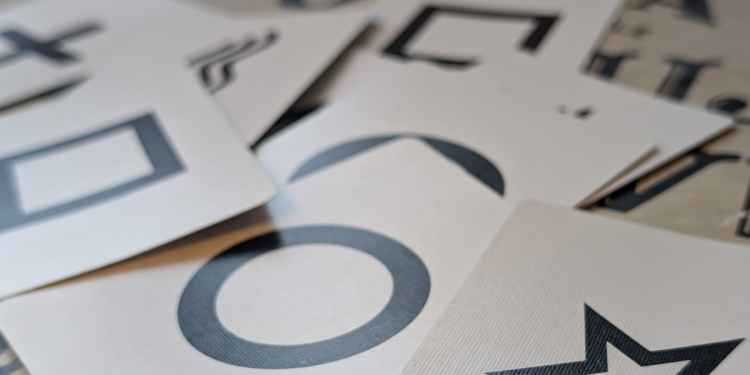
Diploma In Parapsychology & Psychic Phenomena
This course gives you practical and useful knowledge of ghost hunting and paranormal research, which is invaluable when conducting your own paranormal investigations or as part of a group event.
View Course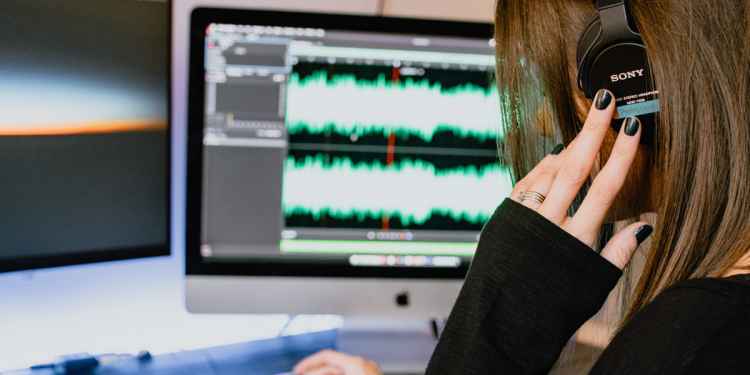
Diploma In Capturing & Analyzing Electronic Voice Phenomenon
This course gives you practical and useful knowledge of ghost hunting and paranormal research, which is invaluable when conducting your own paranormal investigations or as part of a group event.
View CourseMore Like This
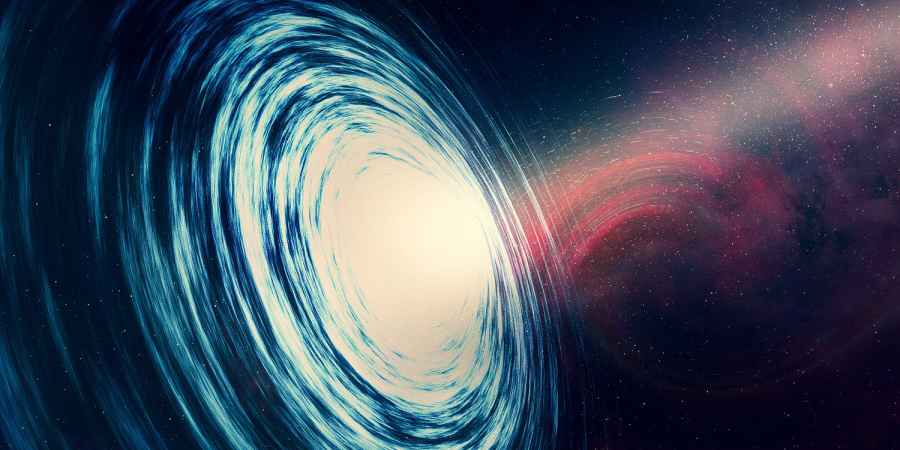
ScienceMarch 10, 2025
What Ghost Hunters Mean When They Talk About Dimensions
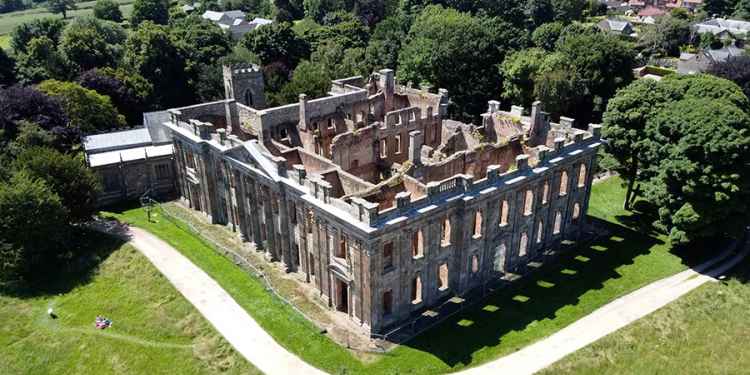
Haunted BritainDecember 25, 2024
2024's Most Popular Paranormal Hotspots In The UK
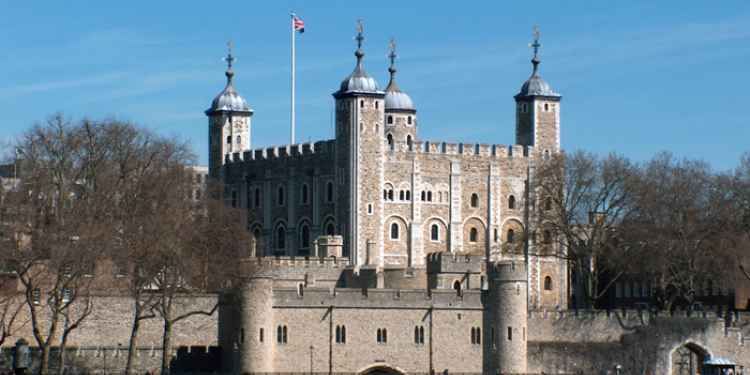
GamesNovember 28, 2024
Can You Match These Famous Ghosts To Their Haunting Grounds?
 See More on Audible
See More on Audible


Comments
Want To Join The Conversation?
Sign in or create an account to leave a comment.
Sign In
Create Account
Account Settings
Be the first to comment.